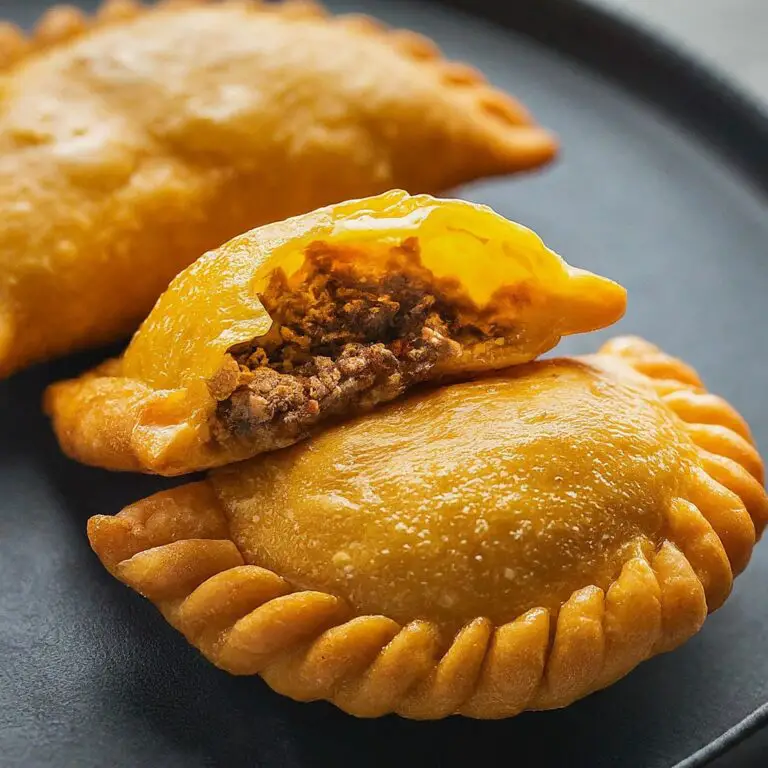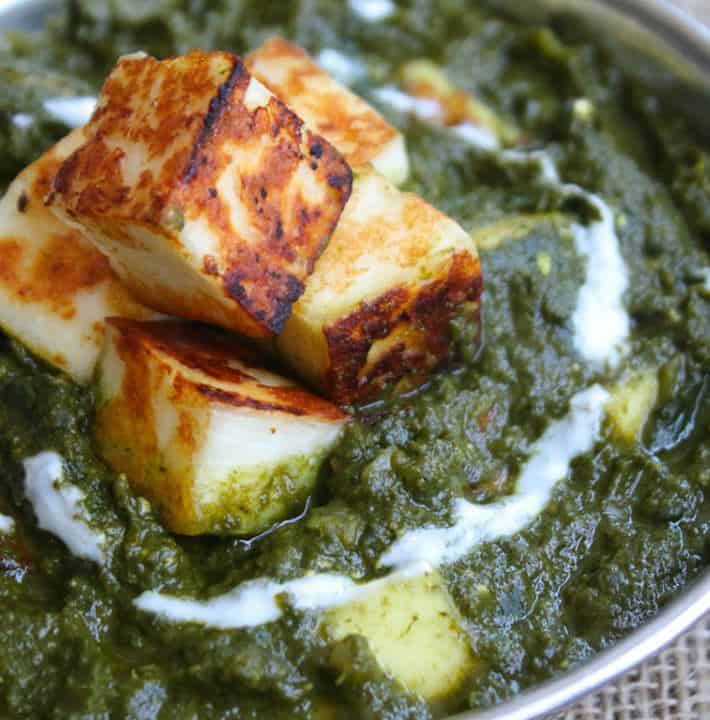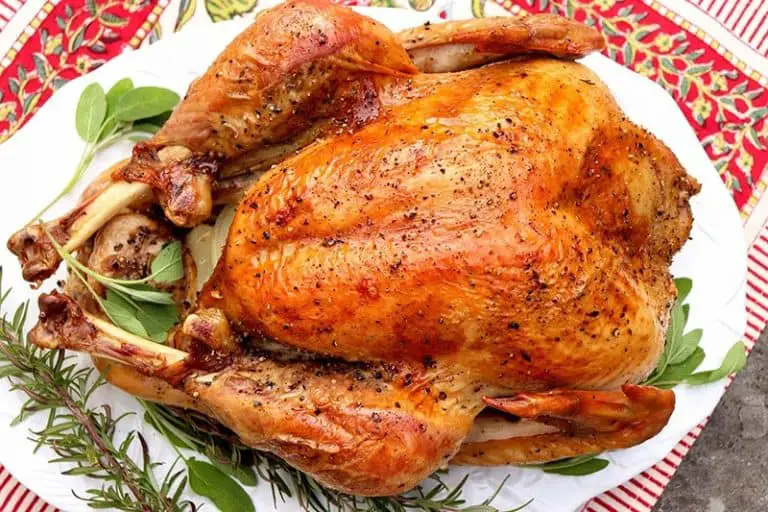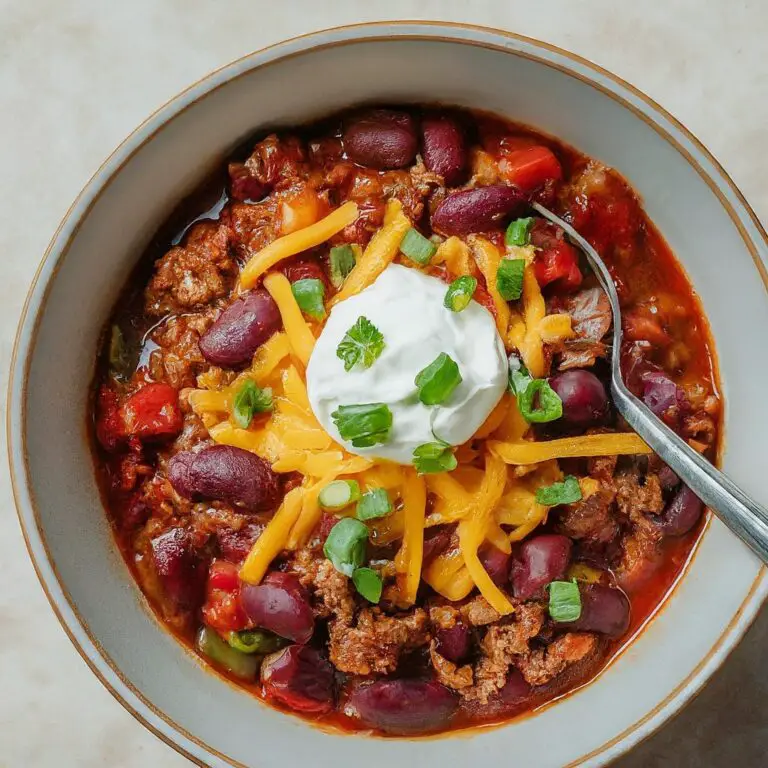
Pizza is a food loved by many gourmets. It’s simple to make, and there are numerous topping options. Yet, reheating the food can be challenging at times.
Do you ever try to reheat pizza in a pan? It’s not only more delicious than microwaved pizza, but it’s also a healthier choice.
This article will lead you through the steps to prepare the ideal pan-fried pizzas. We’ll also give you some pointers on obtaining remarkable outcomes.
Be ready to fall in love with your favorite dishes all over again!
How To Reheat Pizza In A Pan?
The method of heating pizza in a pan is relatively straightforward. We will break it into different sessions so that you can follow it easily.
1. Necessary tools
Start by collecting the necessary tools and ingredients for your task. Make sure you do not miss anything in this checklist:
- A pan
- A plate
- Foil
- Olive oil
- Pizza
You may need about one tablespoon of virgin olive oil. We also suggest using a brush to apply the oil evenly across the pan and minimize the mess.
If you don’t have the tools, you may just pour the oil directly from the bottle into the frying pan. This method may cause some waste, so remember to tidy up when you go.
To make handling easier, cut the pizza into smaller slices or parts. Keep in mind that each piece will enlarge as it heats, so do not overcook them.
A mesh steel colander can fit and rest over the cut pie in the frying pan. This step prevents your pieces from getting soggy and ensures that they are crispy until your last bite.
2. Preparation
There are some things to consider before getting into how to reheat pizza in a pan, including:
Remove any plastic left.
First, make sure the pizza is free of any plastic left. It means that there is no foil, plastic bag, or cling wrap to stick to your food. All of them may trap the steam inside the crust, making it too soft.
Remove liquid
Before frying the dish, remember to remove any residual liquid from the surface. Unless you want a floppy pie, it means neither wet sauce nor a lot of cheese.
Heat the crust first.
It’s always a great idea to preheat the crust. This tip will help dry your dish out when it becomes wet after reheating.
Set the crust-side down in a frying pan with enough butter or oil to cover the bottom of the skillet over medium heat. If you’re using oil, don’t pour too much, or it will burn.

Add cheese and toppings.
When you’ve done with the crust, add some cheese on. The cheese can melt evenly without any chance of burning.
All you have to do is top your pizza with mozzarella and cover it with a lid. Wait until the bubbles from the bottom slow down to check your food. It takes about two to three minutes under medium to high heat.
Add some toppings if you like a crunchy base with melted cheese. Then, lower the heat and cover the pan with a lid for one to two minutes.
3. Reheat your pizza
There are two methods to reheat pizza in a pan to get back to work. Let’s take a deeper look at each option.
With butter or oil
This method is the simplest for reheating pizza in frying pan. Simply pour a little melted butter or oil into the pan, stir it to cover the entire pan bottom, and place the slices on top.
You don’t need to use the cooking spray because it adds no taste. Why waste it if you can bring a little zing with another ingredient?
If you’re frying with a nonstick, there’s no need to oil your pan. Yet, you should replace the nonstick coating later, as the extreme heat may soon ruin it.
Here is how to reheat pizza in a frying pan with oil or butter:
- Start by preheating the oven to 350°F and set the burner to medium-high.
Start picking up your piece and gently lay it face down in the center of the pan once the pan is hot enough.
- If you are using butter instead of oil, the process must be easier because the ingredient won’t adhere as much.
- Allow your piece to sear for several minutes on the heat. Then, flip it over and repeat the steps on the other face.
Searing all sides of the piece ensures a crispier crust, which is particularly important if you’re not going to microwave it after that.

Reheat pizza in a frying pan with oil
Without butter or oil
This method is the ideal approach for making a pizza that is 100% oil-free. It’s not as straightforward as adding fat, but you can still do it if you are careful enough.
The critical point to remember is to season the pan properly. Otherwise, you will end up with a sticky mess.
You should also make sure to preheat the stove for a few minutes for maximum conductivity. If you don’t, your slice will stick to the surface and can’t even cook correctly.
The following are the instructions to reheat pizza in a frying pan without oil or butter:
- Preheat the pan until it gets hot.
- Place the slice face down on the pan.
- Allow it to rest for a few minutes until liquid appears on top.
- Flip the slice over to fry the other side for some minutes.
- Squeeze fresh lime juice over the fried toppings for enhanced taste, or just enjoy it.

You can reheat pizza in a frying pan without oil
Extra tips
Aside from the basic steps, you can also try extra tips to yield the best result. Some must-try tricks are:
Always preheat the pan.
Preheat the pan first before placing your slice on it so that your pizza can contact the surface entirely and evenly.
Moreover, undercooked toppings are often water. If you don’t allow any moisture between the pan and the toppings, they will stick less.
The skillet should be hot enough before you place the slice on it. To check, hold your hand about one or two inches above it.
Then, drop some water on the surface. If the water sizzles immediately, the skillet is ready.

Always preheat the pan first
Add oil if required.
For heating pizza in a pan, you’ll surely need some butter or oil. If you choose oil, put it away from the skillet’s borders to prevent the crust from burning.
It’s best to apply oil after you’ve placed the piece in the skillet, as part of it may bounce out as soon as it touches the skillet’s surface.
Flip the slice carefully.
If you can flip the slice perfectly, things must be relatively simple. All you have to do now is make sure you do not drop any of the toppings.
The simplest way to accomplish this task is to use your forefinger and thumb to hold both surfaces of the dough. Then, with the other hand, carefully lift it and turn it over.
Use appropriate heat
Apply a medium to high heat setting at all times. Frying on low to medium heat will never optimize your heating time.
Do not overcook
Heating for an extended time is not advisable. It might entirely ruin the taste of your food by causing it to burn. However, two to three minutes on each side is acceptable in most cases.
If you overcook your food, the bottom of the dough may get firm and crunchy rather than soft and crisp as it should be.
Do not cook too much.
Heating too much foodstuff at once is not a great idea. It won’t go well if you work with more than one slice in a skillet. Instead of being crispy and tasty, the dough will become sloppy and soggy.
Do not heat too much at a time
Pros And Cons Of Reheating Pizza In Pan
There are other ways of reheating pizzas. Why should you choose the pans? What to expect when heating pizza in a pan?
Pros
- Fast: You just need a few minutes to enjoy your food, especially when applying medium to high heat.
- Healthy: Pans are the healthiest option to heat pizza. It doesn’t yield greasy slices like the microwave or charred ones like an oven.
- Easy: Everyone can heat their food using a skillet because the whole process is straightforward.
- Cheap: If you can’t afford a microwave or an oven, go for the cheapest kitchenware: a frying pan.
Cons
- Not crunchy: This method doesn’t offer you as scrunchy crust as the oven does. If you want to solve this problem, try to add some colander while frying.
- More time-consuming than the oven: Although this method is fast, it takes more time than the oven and microwave.
Which Pan Is Best For Reheating Pizza?
Because pans are available in different materials, they collect and retain heat differently.
If you often have a lot of leftovers to store, use one of your skillets or buy a brand new one for this task only.
The following are common products found in markets and most houses. Some are ideal for reheating pizzas, while others aren’t.
Nonstick pans
In many households, it is presently among the most common cooking choices. The most recent version of nonstick skillets is thin, allowing easier temperature control.
You also won’t have to add any oil or water to the pan since the slice won’t stick, keeping the texture and flavor of your food.
Nonstick pans should be your first consideration
Metal pans
If you want to reheat pizza in a pan, metal products aren’t as good as they are for other cooking styles. They take more time to heat, and it’s challenging to cool them down once they’re hot.
Your food is more prone to get burnt, harsh, and dry when cooked in a regular metal pan.
Aluminum pans may be a better choice. They are inexpensive and lightweight. However, when subjected to high temperatures, they nearly always deform.
As a result of the deformation, you’ll have to cope with inconsistent heating during your cooking time, which isn’t pleasant.
Most of these pans have a nonstick coating that will deteriorate over time due to repeated contact with extreme heat. So, if you’re thinking about them, be sure to use the uncoated models.
Glass pans
It’s not advisable to use these pans. They are delicate, and if there isn’t enough butter or oil, the topping may cling too much.
If you want to reheat pizza in a pan, brush it with some fat or oil first. Yet, it will cause the nonstick layer to erode and inconsistent cooking because of hotspots.
Glass pans aren’t as flexible as other types, so avoid using them. However, it all comes down to what there already is in your kitchen.
Glass pans are not advisable
Frying pans
This product can help you reheat pizza in a pan quickly. However, to keep the piece from adhering, you’ll need to add vegetable oil.
Unfortunately, adding oil may ruin your food’s unique flavor. This disadvantage may deter you from using this method.
Stainless steel pans
It should work fine if you can get an uncoated stainless steel skillet. Stainless pans, like cast iron, can reach intense heat.
However, when you reheat pizza in frying pan, ensure that its handle is oven-safe. It may crack if exposed to high temperatures.
How To Store Pizza Properly Before Reheating?
Before you reheat pizza in a pan, you should figure out how to store the leftovers properly.
You can try two ways: in the refrigerator and the freezer. We will discuss each method right below.
In the refrigerator
Refrigerating is a more common method due to its simplicity. Your pizza can last for four days there. Follow these steps to cool it.
Prepare the container
Begin by lining the base of the container with paper towels. Use a big container to hold one to two slices. The towels’ job is to keep your food dry.
During the storage time, meat, moisture, and vegetables all soak up into the crust. No matter how you cook it, the outcome is a crust without texture.
Allow the pizza to cool completely before placing it in a sealable box. Keeping it in a sealed container saves a lot of time transferring it from one box to another whenever you want to heat the food.
Stack the pizza
After coating a container with paper towels, it’s time to place your pizza there. Remember to add paper towels between the slices until the container is full.
If one box can’t handle all the leftovers, feel free to use the next one and repeat the steps.
Seal the container
Put the lid back and put the film around it once you’ve packed all of the leftovers in a container. Covering helps to keep the moisture and air out.
You don’t have to cover the whole container if you are sure it is tight enough.
Put the container in the refrigerator.
Now is the time to put your food in the fridge. It can stay there for no more than five days.
If you’re going to eat it, leave it for three to five days. Anything longer would change the consistency of your food.
If the pizza has been in your fridge for three days and you haven’t touched it, it’s time to toss it out.
By that day, your food has started to spoil, and germs that are toxic to your body have begun to grow. They may irritate your stomach.
Pizzas can last for four days when refrigerated
In the freezer
Freezers help the leftover food last longer when compared to other storage methods.
Freezing pizza is straightforward. You just need to choose a suitable container, then put it in the freezer.
Tupperware
The best way to freeze pizzas is in Tupperware containers. These are food storage boxes made of plastic. One disadvantage is that air may leak during the storing time.
To guarantee the safety of your pizzas, use a sealed container. If you don’t have any, go to a nearby grocery store or do some online shopping to buy one.
Plastic wrap
If you can’t prepare the Tupperware, simply wrap your food in plastic wrap and then cover with aluminum foil around the outside.
Don’t lay more than one piece on the same sheet. Wrapping two slices or more would let the hair grow between the layers, resulting in a freezer burn.
Your food will be edible after sixty days if adequately frozen. Keep them chilled for no more than two months and discard them if they last longer.
You can learn more tips to freeze leftover pizza right here.
Other Ways To Reheat Pizza
If you don’t want to reheat pizza in a frying pan, there are several methods to try, such as in the oven and in the microwave.
In the oven
The best method to reheat leftover pizzas is in the oven. If you deal with food left in the refrigerator for several days, it will probably taste the same as a freshly prepared pie.
The main disadvantage of using the oven is that it may end in a warm kitchen and take longer to prepare than other alternatives.
Here’s how to reheat pizza in the oven:
- Preheat your oven to 350°F.
- Place the slice on an aluminum foil for heating and put it straight on the baking tray.
- Bake it for ten minutes or until the cheese starts to soften. If you want a crisp pie, cook it for a little longer.
Baking pizzas in an oven is worth trying
In the microwave
Microwaving pizza is fast, but it has a disadvantage: Your pizza may get mushy. The crust gets hard and sometimes inedible as a result of this.
Microwave waves collect water molecules when they run, eventually causing them to evaporate. Due to evaporation, the crust loses its liquid and becomes hard.
When you don’t have any other options, heat your food in the microwave by following these guidelines:
- Microwave one pizza slice at a time.
- Place a glass of water close to it to work as a decoy and collect some microwaves.
- Depending on your preference, heat for 30 to 45 seconds, and observe it carefully.
Frequently Asked Questions
Many people have shown concern when they decide to reheat pizza in a pan. Here are some of their frequently asked questions.
1. Should you cook pizza on a pan?
Yes. If you pay attention during the cooking process, stovetop pizza may be both wonderful to eat and enjoyable to prepare.
Although you can create stovetop pizzas in any quality pan, a cast-iron model is ideal for consistent cooking and outstanding taste.
2. What is the best way to heat up pizza?
Using the oven is best for keeping your food’s original taste and texture. You can also reheat pizza in a pan since this method is the healthiest.
3. How do you reheat pizza in a pan without drying it out?
When you reheat pizza in a pan, heat the crust first and add toppings later to avoid drying out.
Conclusion
Now you know how to reheat pizza in a pan to achieve the best result. This approach will come in very handy if you only need to heat one or two pieces.
A nonstick skillet is famous for keeping the crispy texture, melting your cheese, and cooking the toppings thoroughly.
Do not waste food when you can make the best of the leftovers. If you need any further information, please feel free to ask. Thank you for reading!
Read more:







